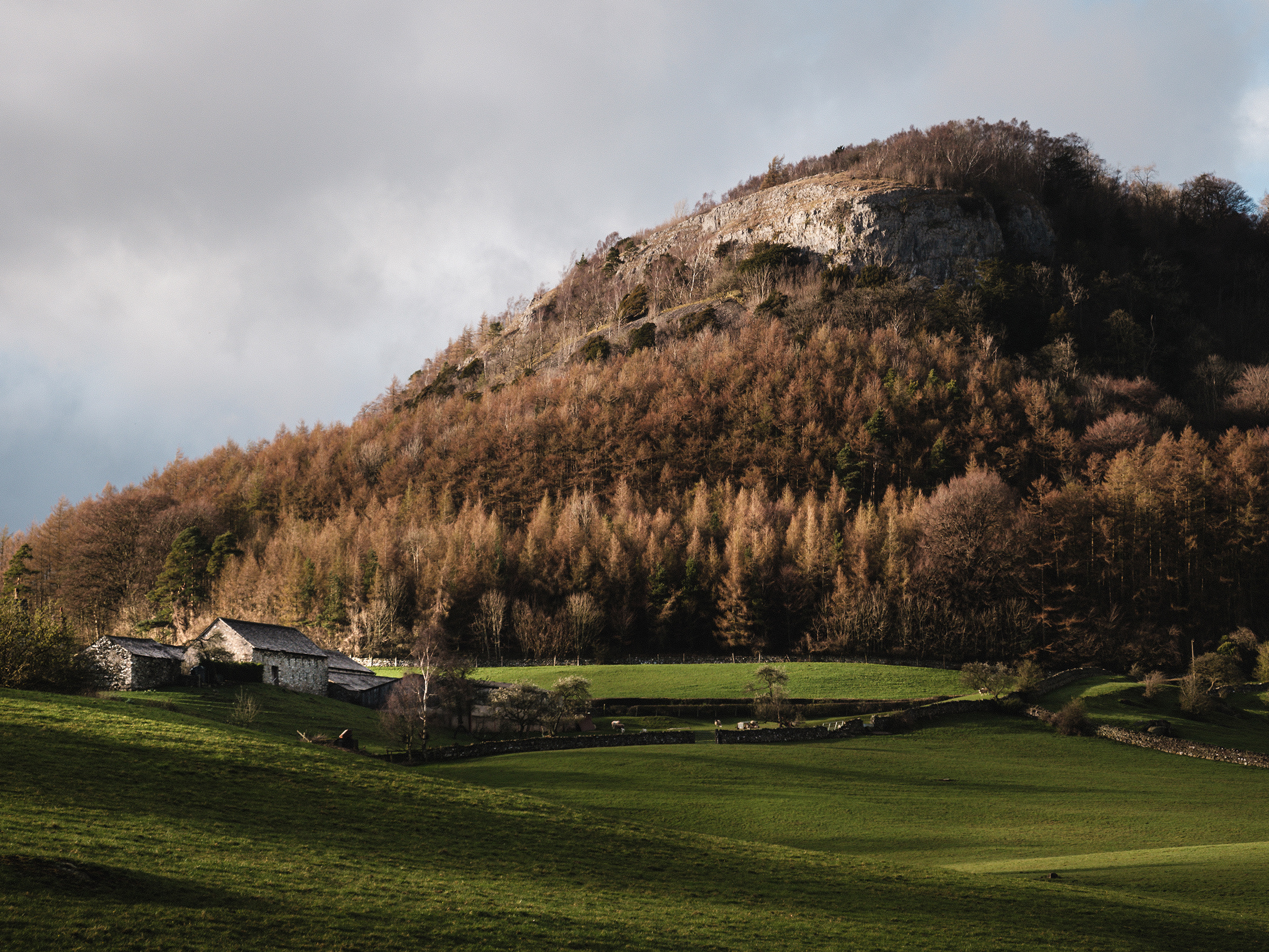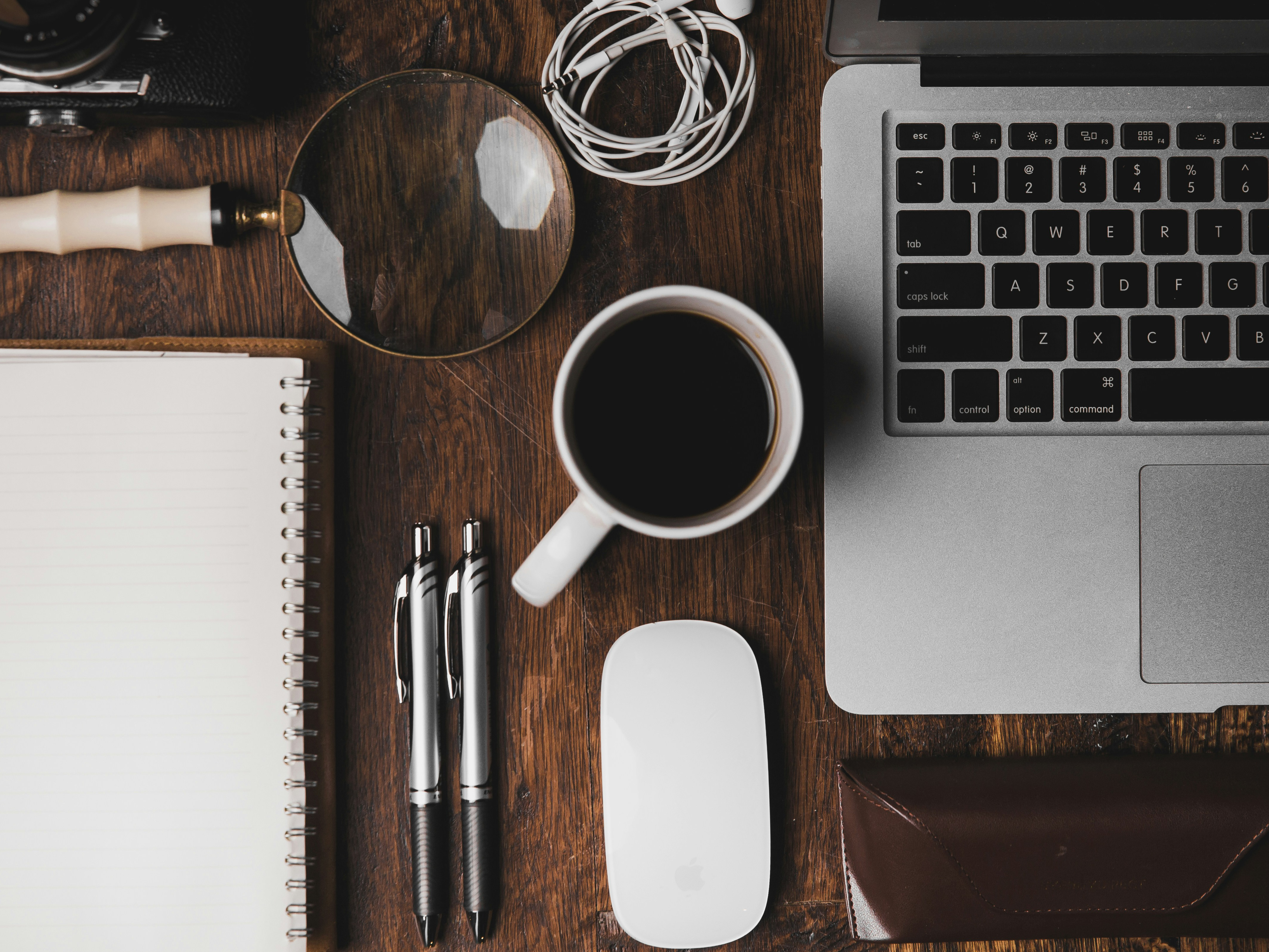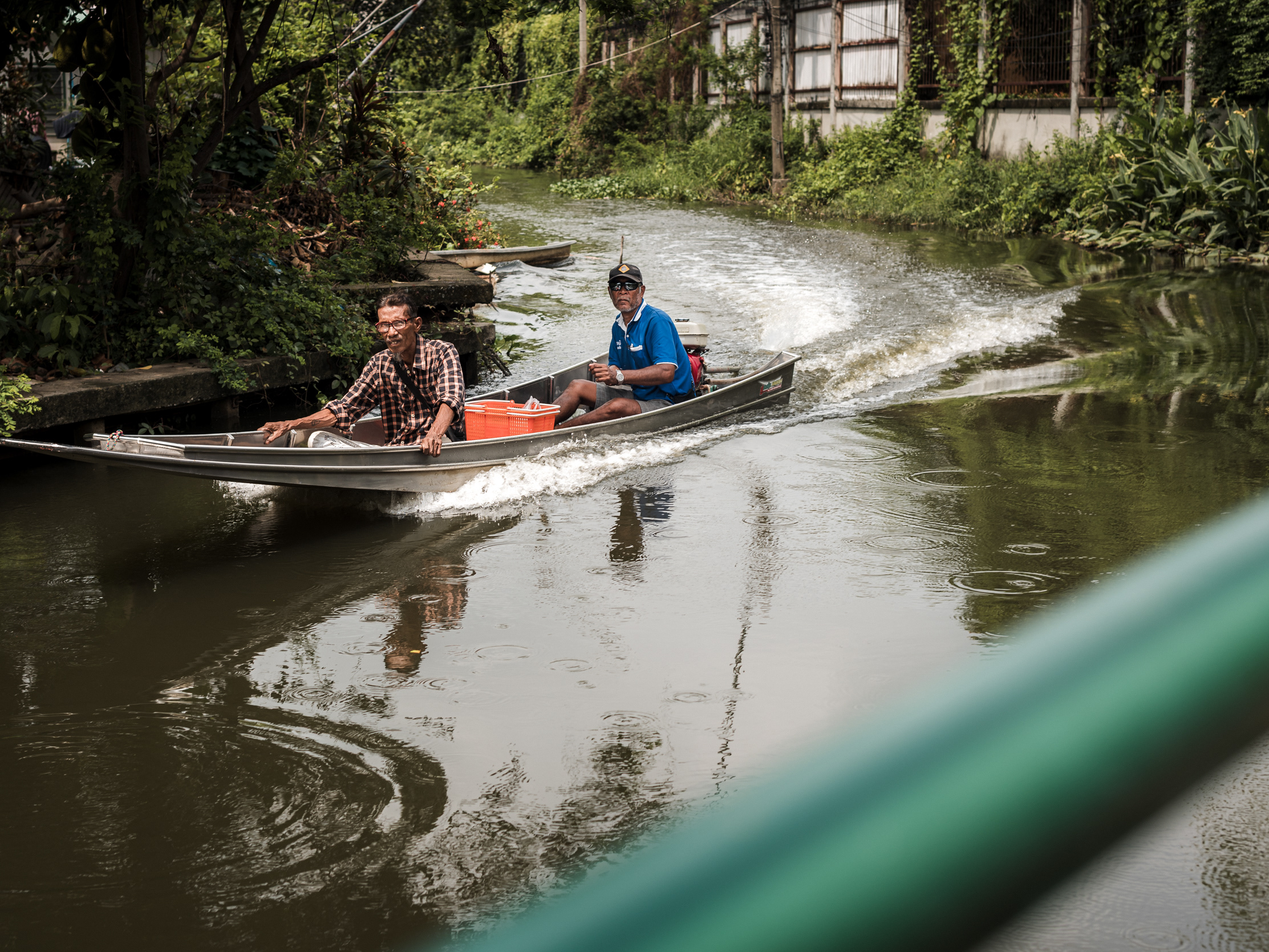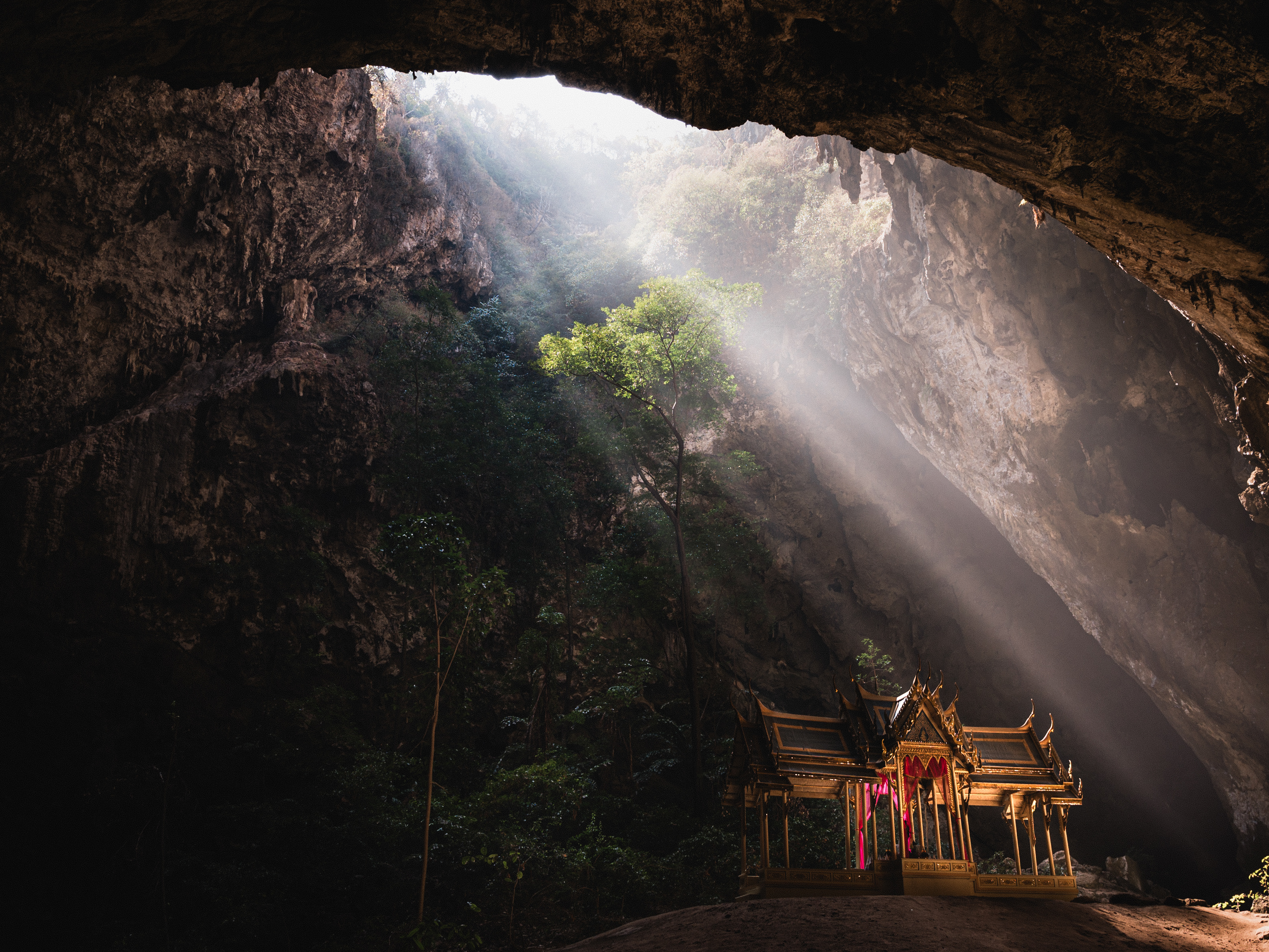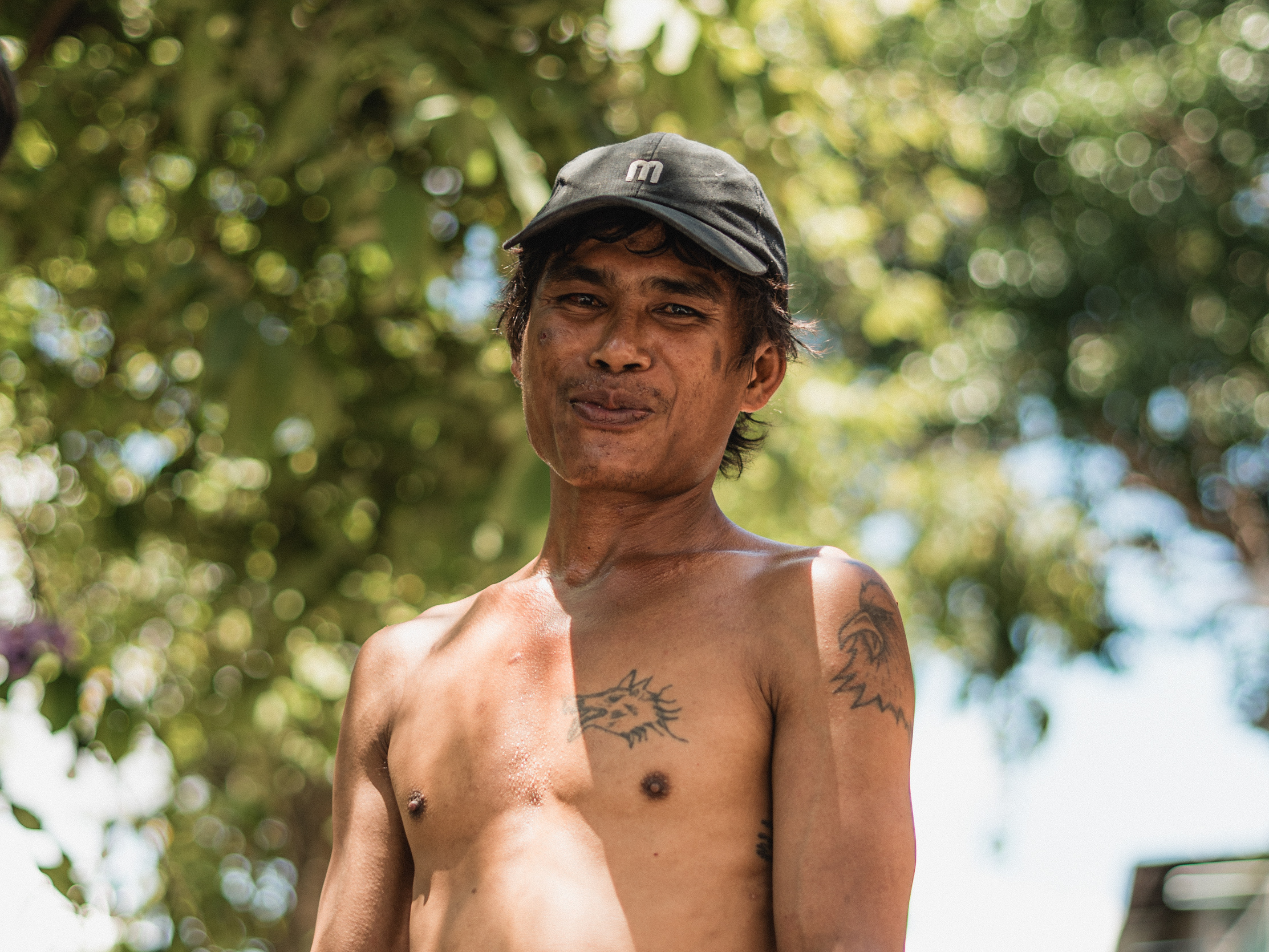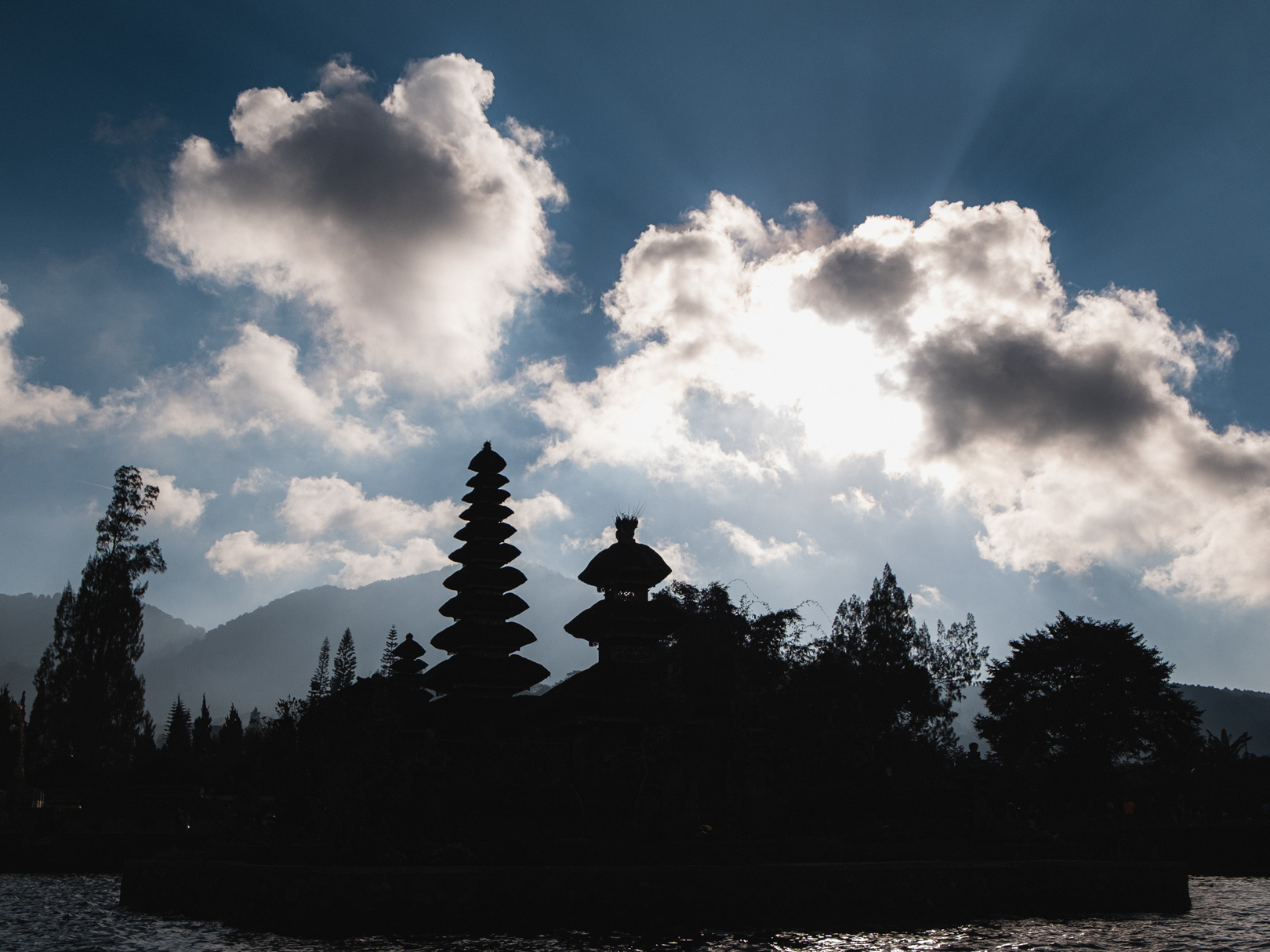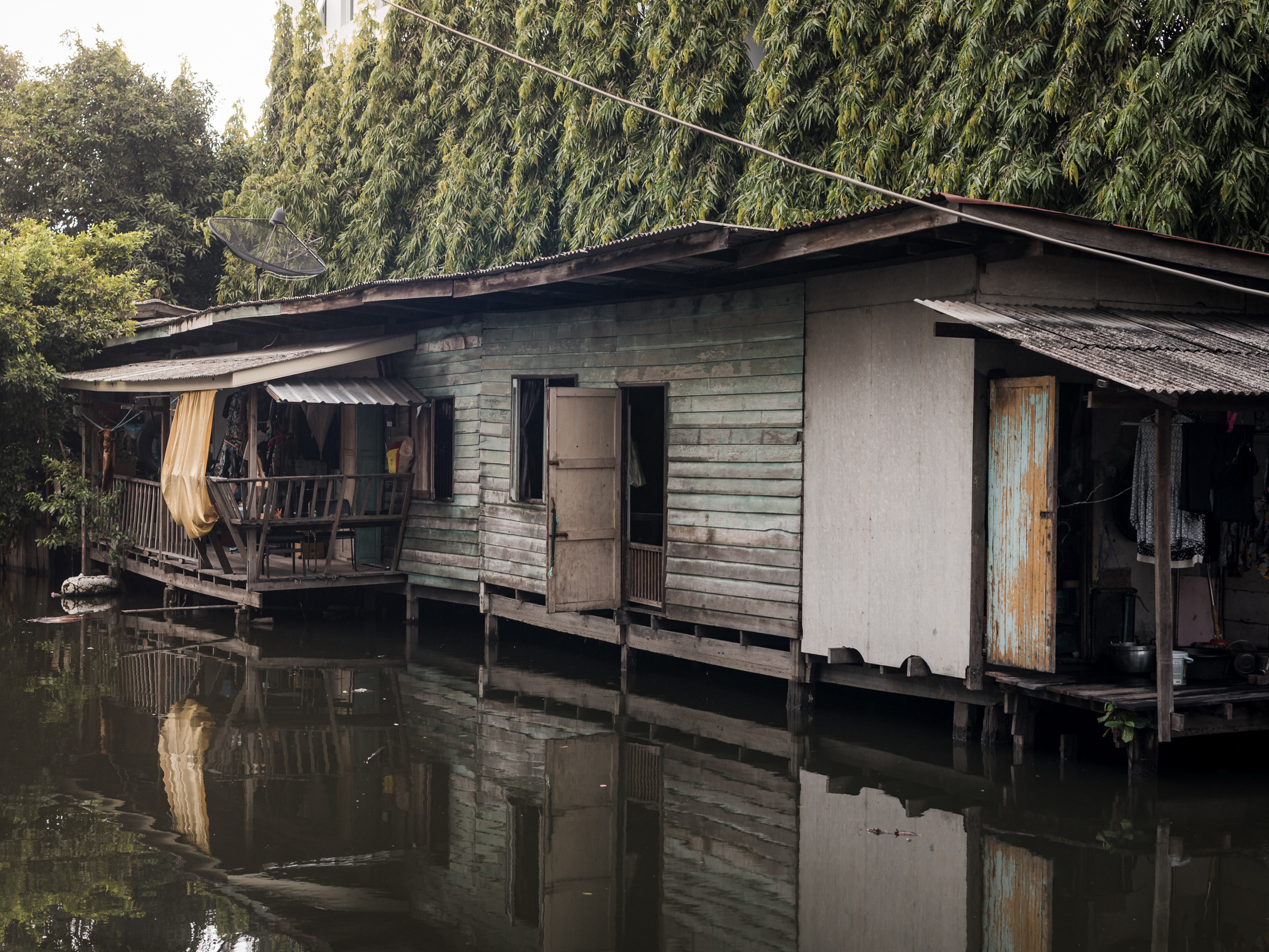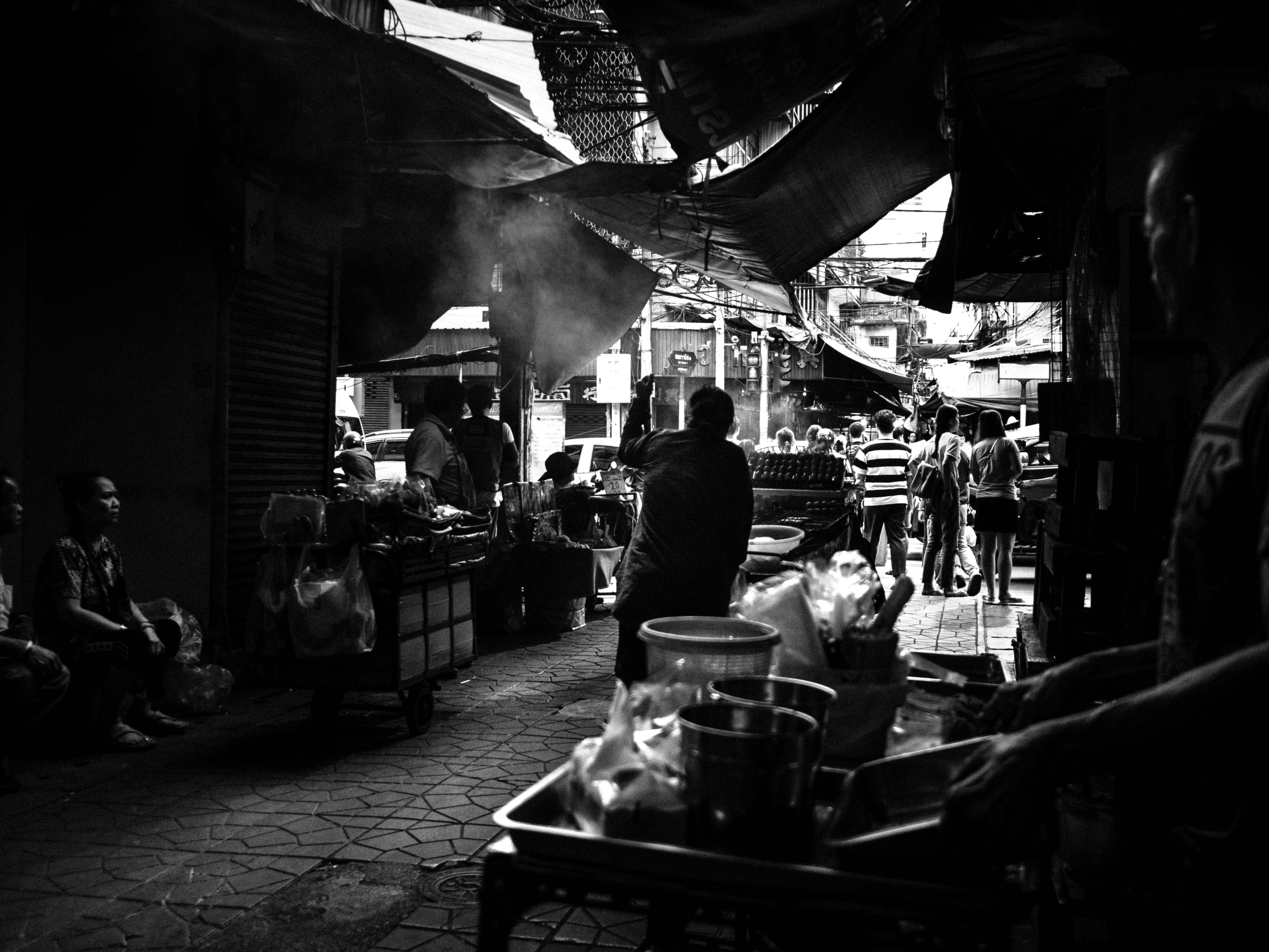Why I’ve Gone Full Circle: Leaving Mirrorless Behind for the Nikon D750
Like most photographers these days, I've spent years chasing the “perfect camera.” Spoiler: it doesn’t exist. But what surprised me most is this. Each new release seems to drift further from what I’m really looking for, not closer. Somehow, the heart of photography is getting lost in the spec sheet. Let’s talk about that.
The Problem with Chasing Camera Specs
This is where I part ways with the majority of photographers.
These new cameras that flaunt the latest and greatest specs have zero draw for me. I don’t care about having millions of autofocus points, 200 megapixels, ISO settings that can see into the next dimension, or mosquito-tracking autofocus from a mile away.
These features are completely unnecessary for 90% of photographers. Maybe someone out there needs mosquito AF, but I promise, it’s not me.
What I’m Really After: Chasing a Feeling
Specs are numbers. What I’m chasing is a feeling.
The way the camera sits in my hand. The view through the finder. The click of the shutter. The satisfaction of seeing an image on my screen that just feels right. That emotional response is what I’m chasing.
Some cameras come close. I like the way some of them operate. I like the look of certain files. But none have nailed that full-circle experience I’m after, ergonomics, joy, and image quality all in one.
Rediscovering the Magic of DSLRs
Over the past few months, I’ve been thinking: how do I get back to that feeling?
DSLRs get very, very close.
They offer tactility and control that feels natural. Many have gorgeous full-frame sensors that give me those buttery, organic files I love to edit. And the optical viewfinder (OVF) man, that’s a big one. Looking at the actual world, not a screen, helps me feel in the moment. I don’t need an EVF to preview exposure. I know how to use my camera. Give me the real world.
The Pressure to Go Mirrorless (and Why I’m Over It)
For years, I held back on going back to DSLRs because of one thing: mirrorless pressure.
Mirrorless cameras have become the industry standard. And that’s fine, they’re packed with tech, and that’s where development is going. But just because they’re the future doesn’t mean DSLRs are suddenly bad.
Far from it.
These cameras were incredible when they came out, and they still are. The image quality hasn’t changed. The experience, if anything, feels better now that I’m no longer caught up in the gear race.
My Full Circle Moment: Reuniting with the Nikon D750
So, how did I come full circle? The Nikon D750. That’s how.
Back when I was shooting weddings in the UK, I used a pair of D750s with a small kit of fast primes and four flashguns. I could shoot anything. I even had a 200–500mm for wildlife and a 24–70mm f/2.8 for hiking and landscapes.
But the constant in every scenario? The D750.
It’s one of the best all-around photography cameras ever made, in my opinion. Not a video monster, but for stills, which is what I care about, it’s nearly perfect. The build is solid. The controls are intuitive. I can adjust everything with one hand. And that sensor? Absolutely gorgeous. The 24MP files are consistently beautiful, no matter the situation.
Other Cameras I’ve Tried (But Didn’t Love)
Between 2019 and 2025, I’ve tried a few other systems:
Nikon Z6 – The closest I came to the D750. Very good, but something was missing.
Sony A7III – Great on paper, but soulless in my hands.
Fujifilm X-T3 – Beautiful files, but plagued with reliability issues.
Fujifilm X-T2 – Lovely, but occasionally delivered images I couldn’t edit to my liking.
Each camera was good. But none matched the feeling I got with the D750. My mind always drifted back to those weddings, those countryside bird shoots, those few landscape adventures. I missed it.
Selling my Nikon gear in 2019 was the hardest piece of kit I’ve ever let go. Everything else came and went. The D750? That one hurt.
Conclusion: Back with Nikon, Back in Love
And now here I am.
I’ve traded in my Fuji gear for what might be considered a more humble DSLR setup. And I couldn’t be happier. I’ll slowly build it out again, fast primes, the 24–70mm f/2.8, maybe an 80–400mm down the line. That’ll let me shoot anything I want.
But more importantly, this setup gives me the feeling. The connection. The emotion I’m always looking for when I pick up a camera.
Thanks for reading.
Arran
